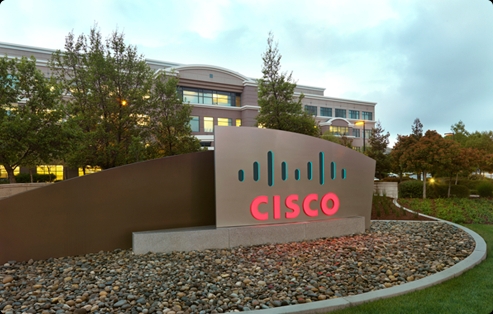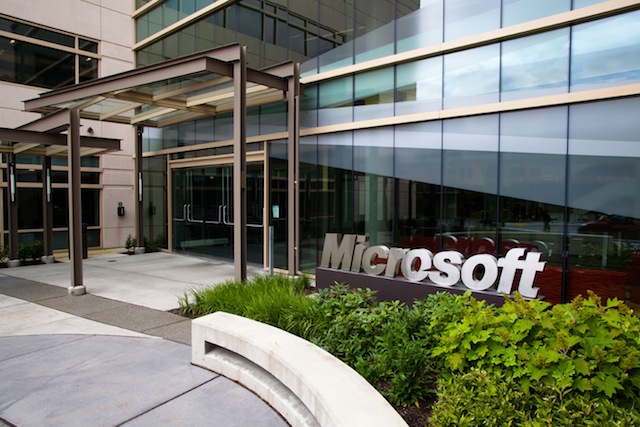One of the big changes in business over the past thirty years has been outsourcing offshore – offshoring – as labour markets around the world have opened, communications have become cheaper and trade barriers fallen.
As the global war for talent accelerates, offshoring may be one of the ways many businesses deal with labour shortages in their home markets.
For most of the last thirty years, offshoring was only really available to larger businesses who had the resources to manage overseas suppliers and service providers.
With the internet becoming accessible services like eLance, Freelancer.com and oDesk started appearing that established virtual labour exchanges where smaller businesses could connect with individual contractors.
As part of the Decoding The New Economy video series, I had the opportunity to speak to Matt Cooper, Vice President of Business Development & International at oDesk about how the global workforce is evolving.
oDesk itself came about in 2005 when its founders Stratis Karamanlakis and Odysseas Tsatalos wanted to engage developers in their native Greece while working in North America.
That project turned out to be a business in itself and now the company now has over three million freelancers registered with the service.
Addressing the global skills shortage
Cooper sees oDesk’s big opportunities in areas such as developers, e-commerce and customer service.
“If you look globally there are very acute shortages in certain geographic areas and certain skills,” says Cooper.
Looking ahead, the company sees new skills coming onto the market with larger companies adopting oDesk and similar services.
“We’ll see new skills come onto the marketplace with increasing liquidity and depth with this longer scale of skills,” says Cooper. “We’re also seeing increased demand from enterprise companies. Of the 600,000 clients using oDesk have been traditionally small companies, entrepreneurs and startups. Now we’re seeing increasing demand from the enterprise companies.”
Managing remote workers
Regardless of the size of the company, managing a global workforce of freelancers presents challenges for management and Cooper has some advice for those businesses looking at engaging workers through his service.
“Managing an online, distributed workforce is different to managing locally,” says Cooper. “You have to be much more specific, you have to document your expectation and you have to make the investment in getting your team up to speed.”
One common problem Cooper sees with engaging workers through services is like oDesk is employers thinking they can throw their problems over the fence, “you can’t just throw your project over the wall and hope it comes back.”
Cooper also suggests businesses “try before they buy” with engaging potential freelancers to do smaller trial tasks to see if they do have the skills needed.
“If you need one person, hire three and keep one.” Cooper says, “create a very small and very discrete project that closely replicates the long term role that you want and see how they perform.”
The threat to existing businesses
Services like oDesk present a number of opportunities and challenges to industry, in some ways they threaten existing service businesses which have relied on providing skilled knowledge work to local markets.
Now cheaper workers are to anyone with a computer and a credit card, there’s a fundamental shift happening in the small business sector.
How the small business sector, and larger corporations, use services like oDesk and Freelancer.com while reacting to the threats these sites present to their businesses will determine how many of them will survive over the rest of this decade.



